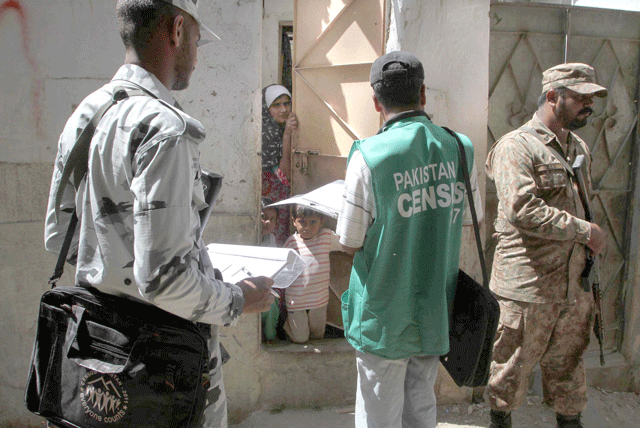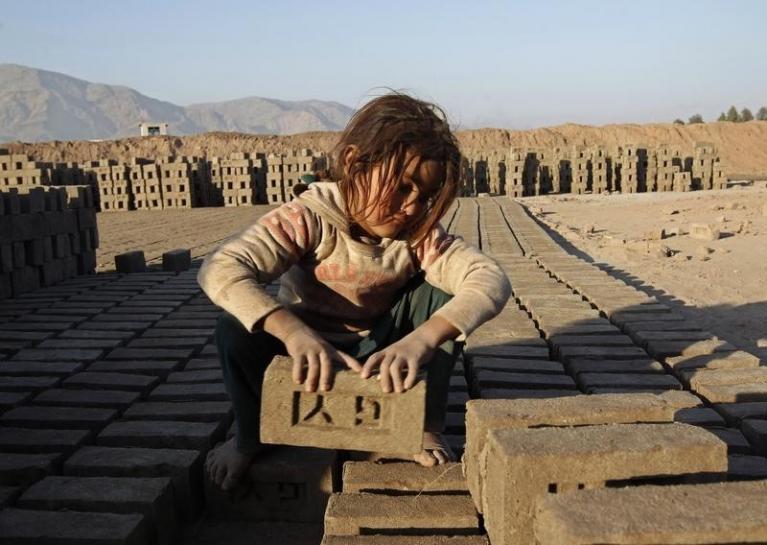
The official result of the 2017 national census is still waiting for the official seal of approval from the Council of Common Interests (CCI), a federal body responsible for addressing issues between the center and the provinces.
Both Sindh and Balochistan are at odds with the center over the provisional result, which appears to have anomalies and statistical errors.
In 2018, the provisional result received the approval of the CCI, shortly before the election to facilitate the poll body ahead of the nationwide voting.
Fissure emerged after the Pakistan Bureau of Statistics (PBS) released the provisional results of the Sixth Housing and Population Census. According to the initial report, the country's population stands at 207,774,000, almost 89, 000 less than previous figures.
Political leadership, hailing mainly from Karachi rejected the population count from the metropolis, which according to them, seems to be, underreported. Both the Muttahida Qaumi Movement and the Pak Sarzameen Party (PSP) raised red flags over the data collected from the city.
While the national data records an overall surge in the population, figures from the port city show that the headcount stands at 14.9 million, far less than what most political parties had anticipated.
The decennial population count, which was late by 19 years, came at the whopping price tag of Rs. 21 billion. During the nationwide exercise, which is carried out under the supervision of PBS, census-takers visited door-to-door, in two phases, to collect the population data.
According to experts, figures from the population survey are instrumental in the allocation of assembly seats and other resources. A lower count translates into lesser representation in the national legislature.
But two years on, the provisional result, which has long been a bone of contention between the center and the provinces, seems far from being settled.
The discrepancies in the result first surfaced during the final days of the Pakistan Muslim League Nawaz (PML-N) government.
A post-enumeration audit of 5% census blocks to address the reservations against the result, promised by the outgoing PML-N government, never materialized. The census result came up during PML-N's last CCI meeting but fell short of winning the body's approval due to the absence of the chief ministers of Khyber Pakhtunkhwa (K-P) and Punjab.
Since then, little progress has been made to address the issue. The validation of the population count seems to be on the back burner for the ruling Pakistan Tehreek-e-Insaaf government, which has been in power for more than a year.
The population result, according to a PBS official, has been significantly altered for all provinces in the final report. He said figures from former tribal districts and the federal capital were drastically changed. According to the final report, the headcount appears to be down by 0.043%, he claimed. He further said that the provisional census report had overstated results from K-P and other provinces. The official spoke on the condition of anonymity.

































1714129906-0/Clint-Eastwood-(1)1714129906-0-270x192.webp)



COMMENTS
Comments are moderated and generally will be posted if they are on-topic and not abusive.
For more information, please see our Comments FAQ